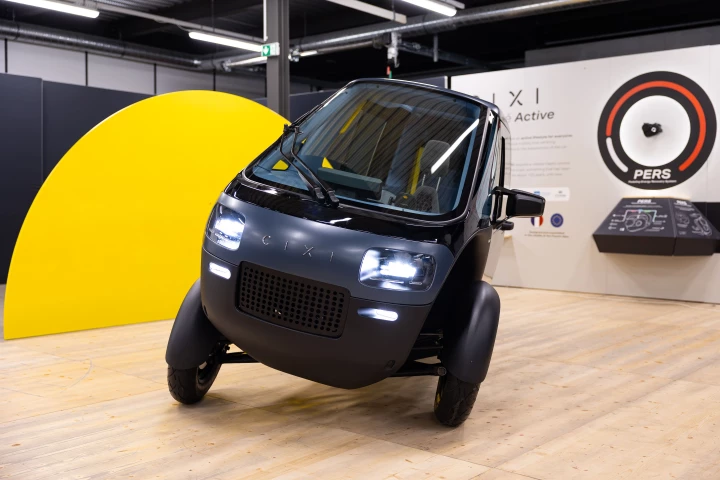There's a limited supply of donor human corneas, meaning that not everyone who needs an eyesight-saving transplant can get one. As a result, biosynthetic corneas have recently been developed. These could become quicker and easier to produce, as scientists have now successfully 3D-printed the things.
Led by Prof. Che Connon, a team at Britain's Newcastle University created the corneas using an inexpensive 3D bio-printer.
In less than six minutes, it deposited a bio-ink gel in concentric circles, producing an artificial cornea matching the dimensions of a previously-scanned real one. That gel consisted of human corneal stem cells harvested from a healthy donor cornea, mixed with collagen and alginate (a polysaccharide found in algae). The bio-ink was thick enough to hold its shape and provide a micro-scaffolding to keep the stem cells alive, while soft enough to be extruded through the printer's nozzle.
After the cornea was printed, the cells proceeded to grow on the scaffolding, becoming corneal tissue.

"Our 3D-printed corneas will now have to undergo further testing and it will be several years before we could be in the position where we are using them for transplants," says Connon. "However, what we have shown is that it is feasible to print corneas using coordinates taken from a patient eye and that this approach has potential to combat the world-wide shortage."
A paper on the study was recently published in the journal Experimental Eye Research. The printing process can be seen in the following video.
Source: Newcastle University




